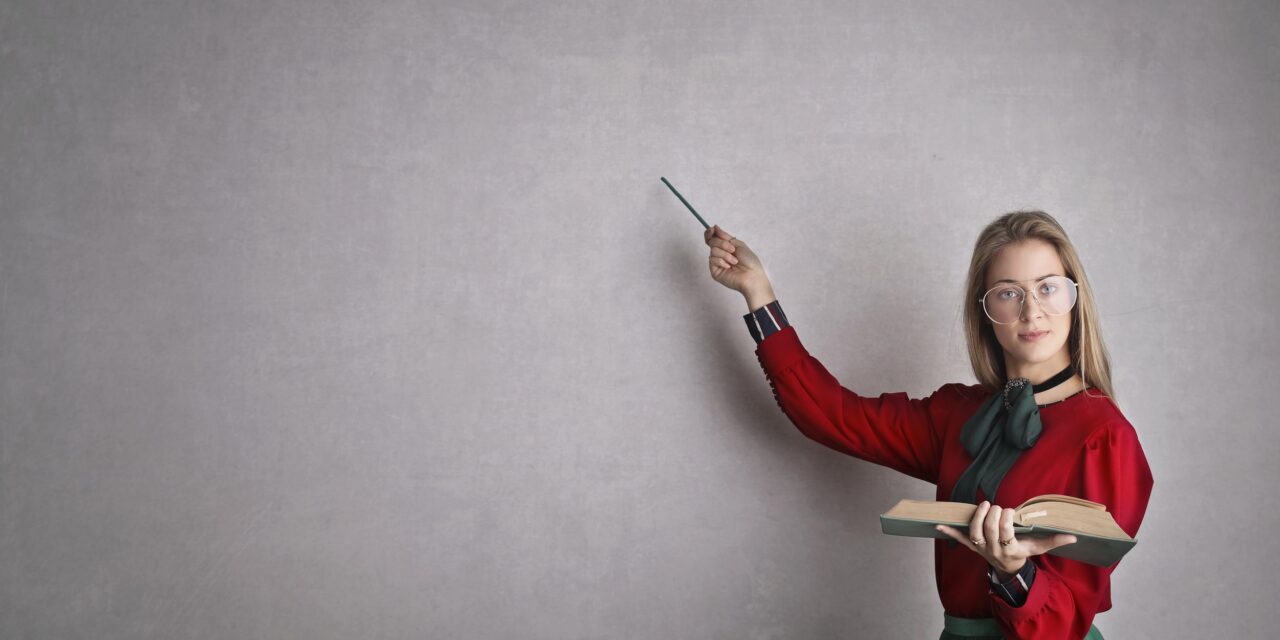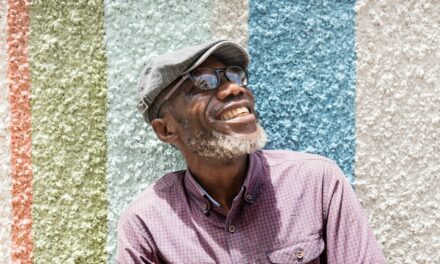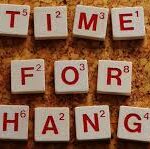There’s no question that the world has been shifted because of COVID-19.
What used to be “normal” ways of doing things are no longer allowed. Overnight we moved from a society based on certain longstanding structures, policies and procedures to one that was more fluid, adaptive and responsive to address new needs and create new ways of doing, working and being. But as this process of change continues, there are seemingly more and more calls to go “back” to “normal”.
Now, I understand that those who are longing for the way things were are usually waxing nostalgic about when they could go to a movie, visit and hug their loved ones and didn’t have to worry about wearing a mask, washing their hands every five seconds and avoiding leaving their homes. I’m not talking about wanting to go back to feeling safe and being able to live and travel freely. What I am talking about are those who want to go back to the systems that were in place before COVID-19.
Take a moment to think about what we’ve discovered so far:
- Companies and organizations have been able to pivot and design ways for employees to work virtually and remotely;
- Schools, communities and parents have created new ways of working collaboratively and cooperatively together to support students;
- Society has redefined the definition of “essential” when it comes to our workforce and a new appreciation for these positions have emerged;
- People have seen tangible evidence of how the environment responds positively to less pollution;
- People have started to redefine what engagement and connection looks like with family, friends and colleagues; and
- Corporations have shifted their messaging and focus from being solely profit-driven to becoming people-focused.
Many of these new ways of thinking, being and doing were historically “off the table” as things that couldn’t be done. Yet here we are. We didn’t have time to think about all of the reasons why it couldn’t be done. We were forced to pivot and do things differently in order to figure out how it could be done. So now what?
When change happens, we have to shift our thinking from going back to what was to thinking about what can become.
Now that we have proven that things can be done differently; how do we sustain it moving forward? Once the initial “threat” or change event has passed, which direction do we move in? Do we go back to what we knew or do we create something new?
When change happens, we have to shift our thinking from going back to what was, to thinking about what can become. We have the opportunity to start something new and create something different. What will we do with it? How will we learn from the events of the past few months and apply those lessons to creating a better future?
Let’s not be so quick to rush back to the old way. If we’re really honest with ourselves, the old way wasn’t necessarily the best way. We have a tremendous opportunity before us…how will we use it?
_____________________________
Keisha A Rivers is President and Chief Outcome Facilitator of The KARS Group LTD where they specialize in facilitating outcomes by equipping people to embrace and manage change. Find out more at www.karsgroup.com.










